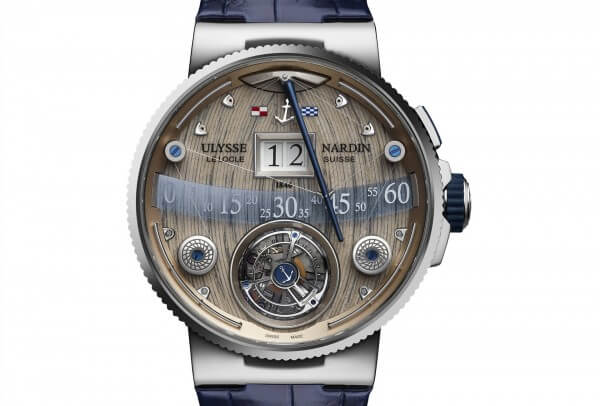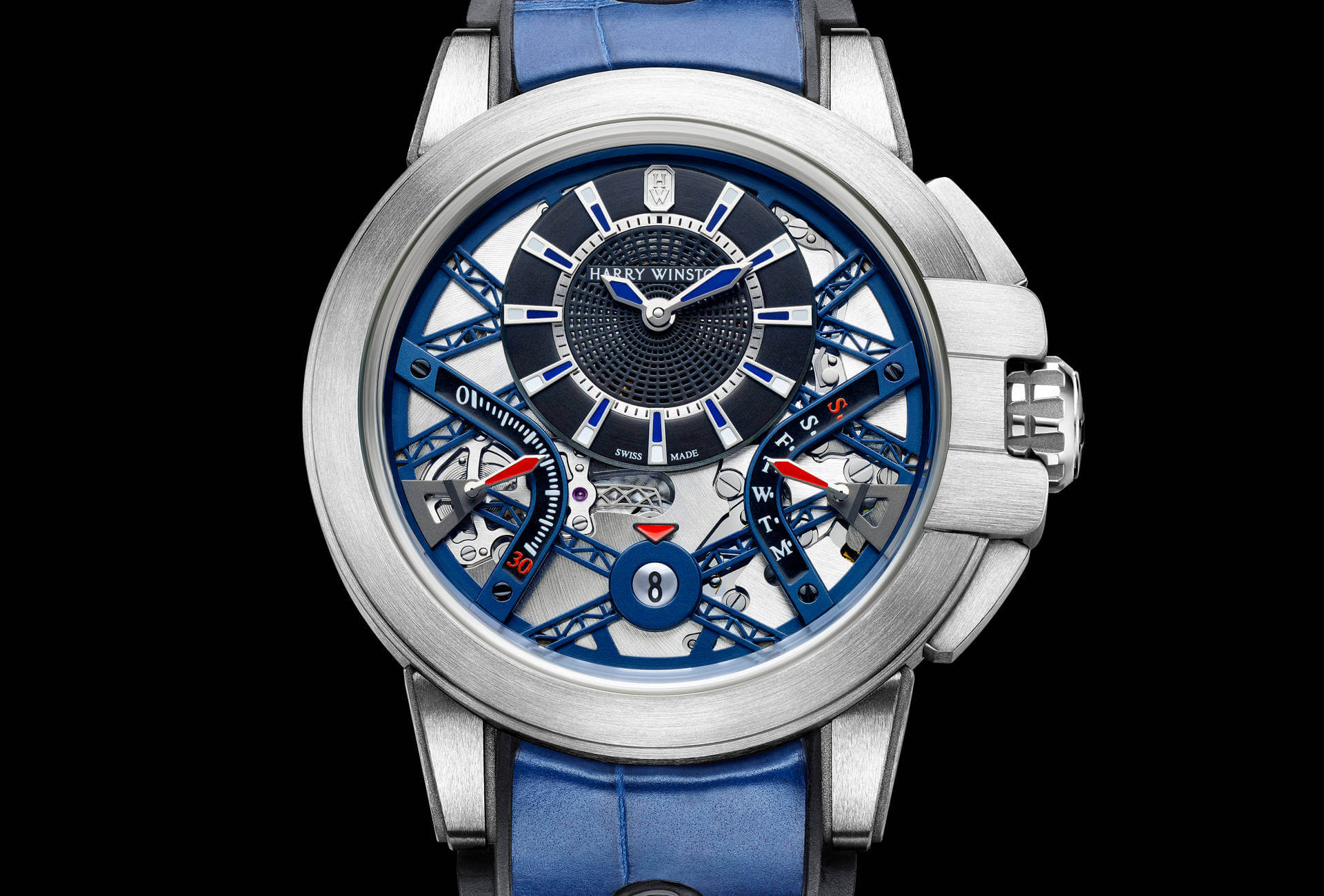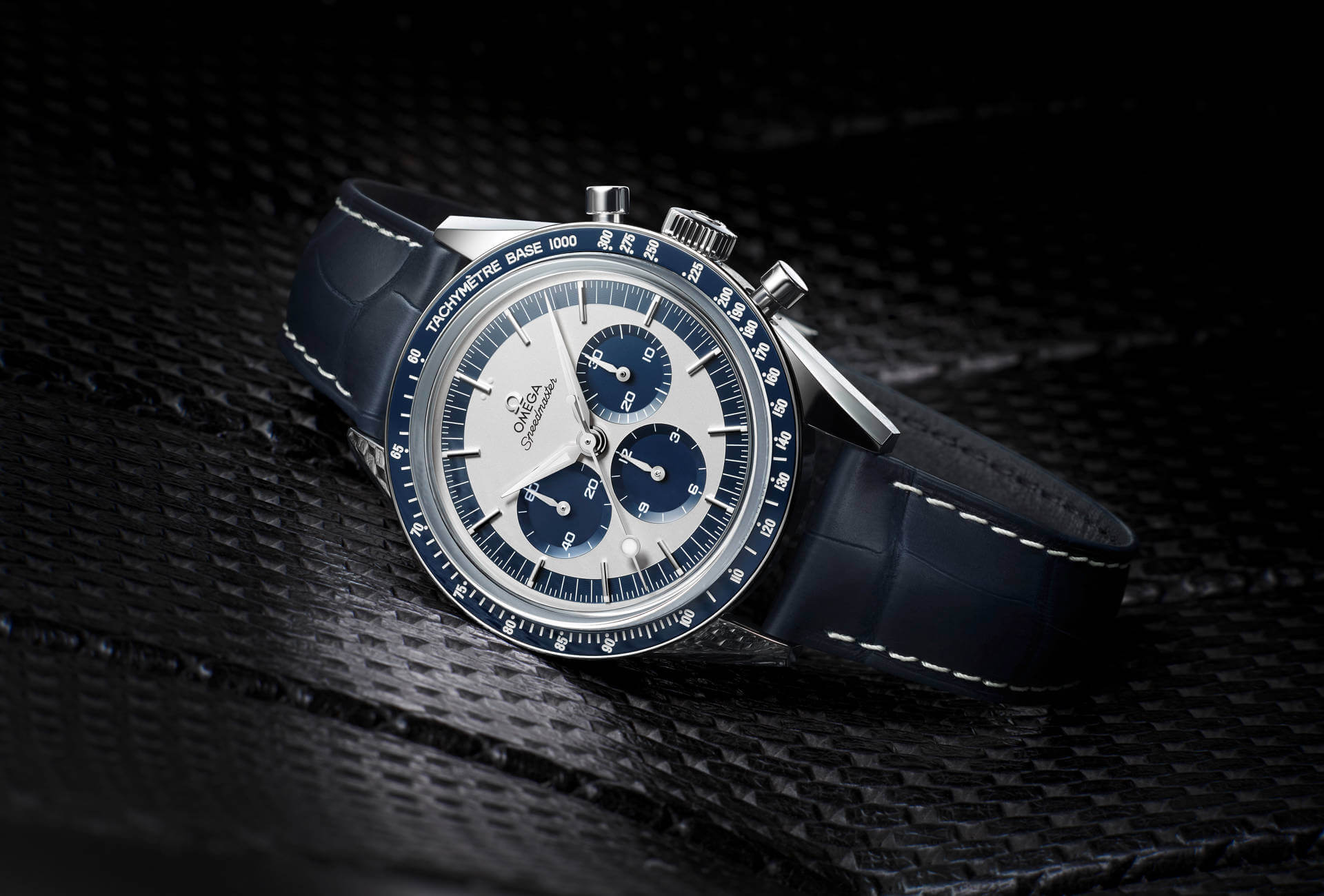This year’s Baselworld was awash with vintage styles, reminiscences of bygone days with the added incentive of the many anniversaries being celebrated throughout the week. By bringing past accomplishments to the fore, brands also draw attention to an expertise that no longer has anything to prove, and is now ingrained in their identity. Put simply, the mere mention of a name is enough for watch enthusiasts to prick up their ears… no doubt why TAG Heuer chose Baselworld to launch a campaign where fans vote online for one of sixteen versions of the Autavia, a legendary chronograph from 1962, that they would like to see join the collections in 2017. Of course, watchmaking is about much more than splendours past. A mechanical watch is the product of technical expertise, and brands were in Basel to prove it.
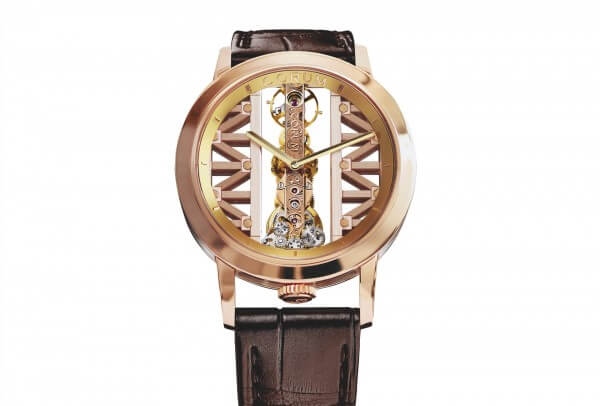
When a Swiss lever escapement fills your heart with joy, what more beautiful sight than a skeleton movement. An intricately sculpted calibre suffices in itself, without any need for the complications that add digits to the price of a watch. Numerous brands are including these bare-bone mechanisms in their catalogue; others have opted for an openwork dial. Harry Winston, for one, found inspiration in the metal structure of Manhattan Bridge for its Project Z10. Corum has given a round form to its Golden Bridge, creating a striking contrast with the baguette movement. Skeletonisation is also in evidence at Girard-Perregaux, with the 1966, and in Bulgari’s Octo Finissimo.
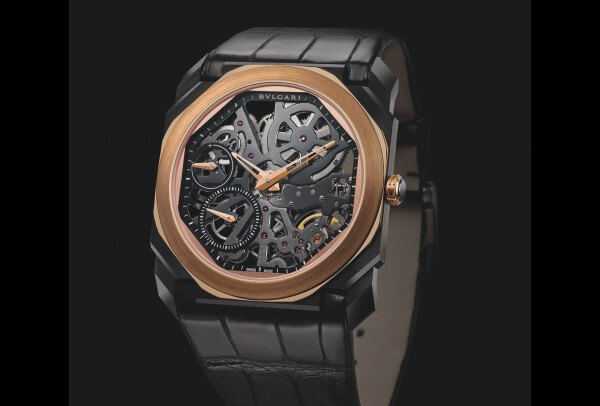
Simple, but not simplistic
Anyone browsing the aisles at this year’s Baselworld couldn’t fail to notice the paradigm shift towards entry-level, meaning two-hand and three-hand watches, for the most part round and in steel. Extra-thin designs offer a technically more challenging and elegant variation, as shown by Breguet with its Classique 7147 or Hermès with extensions to its Slim line. Not forgetting the Senator Excellence from Glashütte, powered by the all-new 36 calibre with silicon balance spring and a 100-hour power reserve.
“Simple” watches stole the show this year, and with them renewed emphasis on precision. Having presented the Globemaster, the first watch to achieve Master Chronometer certification, in 2015, Omega returned with an impressive six calibres that have passed Master Chronometer testing, which tolerates errors in rate no greater than 0 to 5 seconds a day. One of them, the Co-Axial Master Chronometer Calibre 8900, drives the Omega Seamaster Planet Ocean 43.5 mm Auto, whose bezel is the first to combine ceramic and rubber.
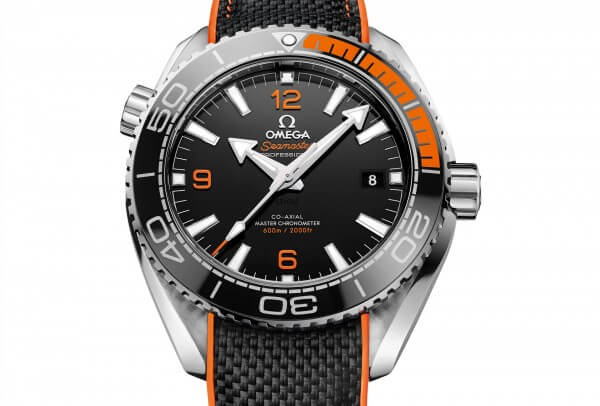
Rolex riposted by announcing that henceforth all its collections would carry the Superlative Chronometer label which imposes even more draconian tolerances of -2 to +2 seconds a day. The Datejust 41 is no exception, particularly as Rolex celebrates the 90-year milestone of the Oyster Perpetual, which helped change the history of watchmaking in the twentieth century.
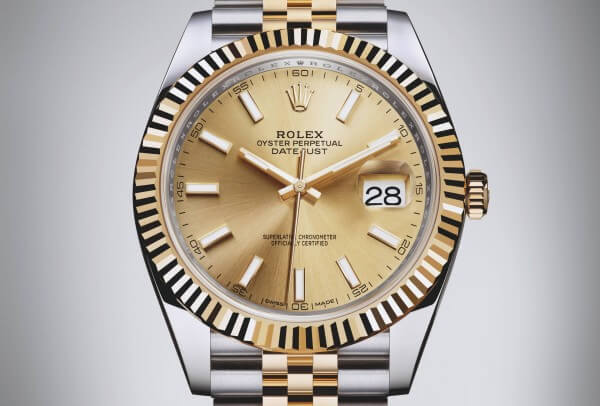
This desire among brands to “tone down” their offerings explains the plethora of useful complications on display. Chronometers rank high in the popularity stakes: Rolex unveiled its highly anticipated Cosmograph Daytona with a new monobloc black Cerachrom bezel; Speake-Marin introduced the original Spirit Seafire Blue; Ulysse Nardin combined two useful functions in the Marine Chronograph Annual Calendar. Long-haul travellers could appreciate the numerous time-zone watches on offer this year, including the Grande Seconde Dual Time from Jaquet Droz. Patek Philippe’s big reveal was Reference 5930G with its rare combination of a worldtime function and a chronograph.
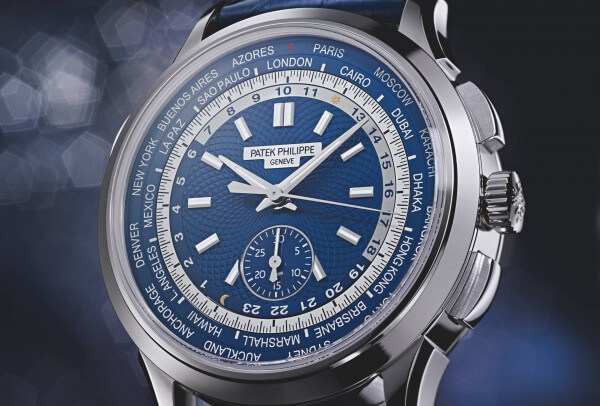
A delicate balance
Having displayed the “quiet strength” of an erstwhile French president, it remained for brands to demonstrate their customary brilliance, when market forces aren’t holding them back. Baselworld turned up one or two horological gems as proof that in watchmaking, nothing is impossible. Leading the way, TAG Heuer presented the Carrera Heuer-02T, a tourbillon chronograph priced at $15,000 which Thierry Stern, President of Patek Philippe, described as “killing the quality” of Swiss watchmaking. It would be hard to deny that the 02T is an industrial exploit; that it casts new light on certain fundamentals of the profession is equally true.
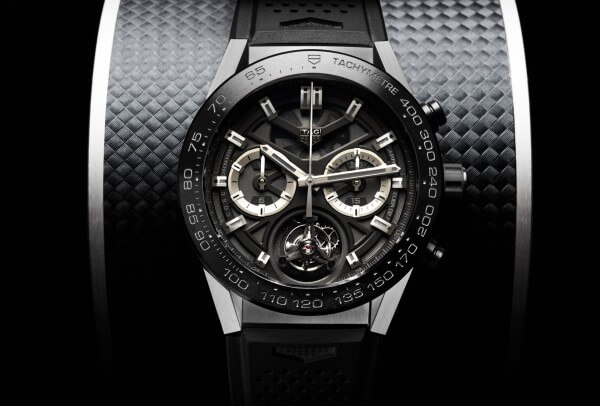
Fortunately, it wasn’t all pistols at dawn as far as complicated watches are concerned. Some elicited widespread admiration, such as the Breguet Tradition Répétition Minutes Tourbillon 7087, Harry Winston’s Histoire de Tourbillon 7, or the Grand Deck Marine Tourbillon by Ulysse Nardin. These extraordinary timepieces, the preserve of a wealthy few, remind us why mechanical watchmaking is at home in the world of luxury. Without high-volume production to support it, it would be a different tale. By striking the balance between the two, watchmakers have been able to weather even the worst storms and come out stronger. As Baselworld showed, the industry may be facing headwinds, its splendour remains intact.
